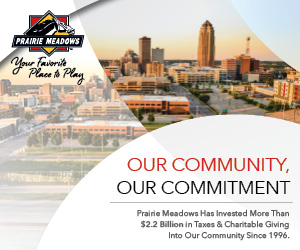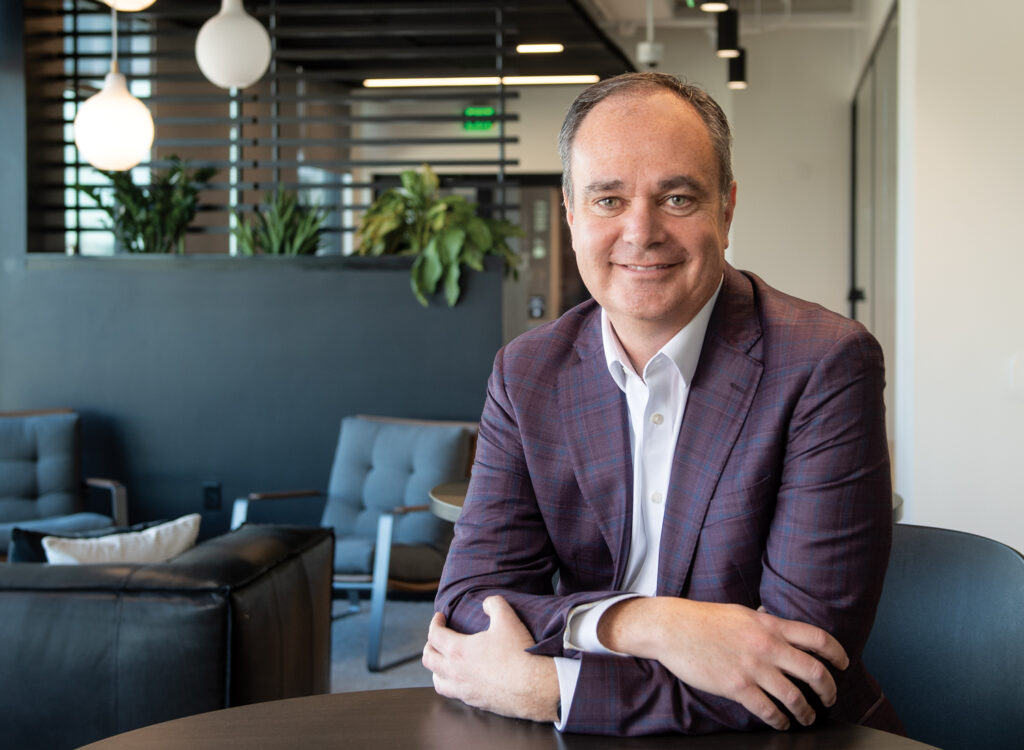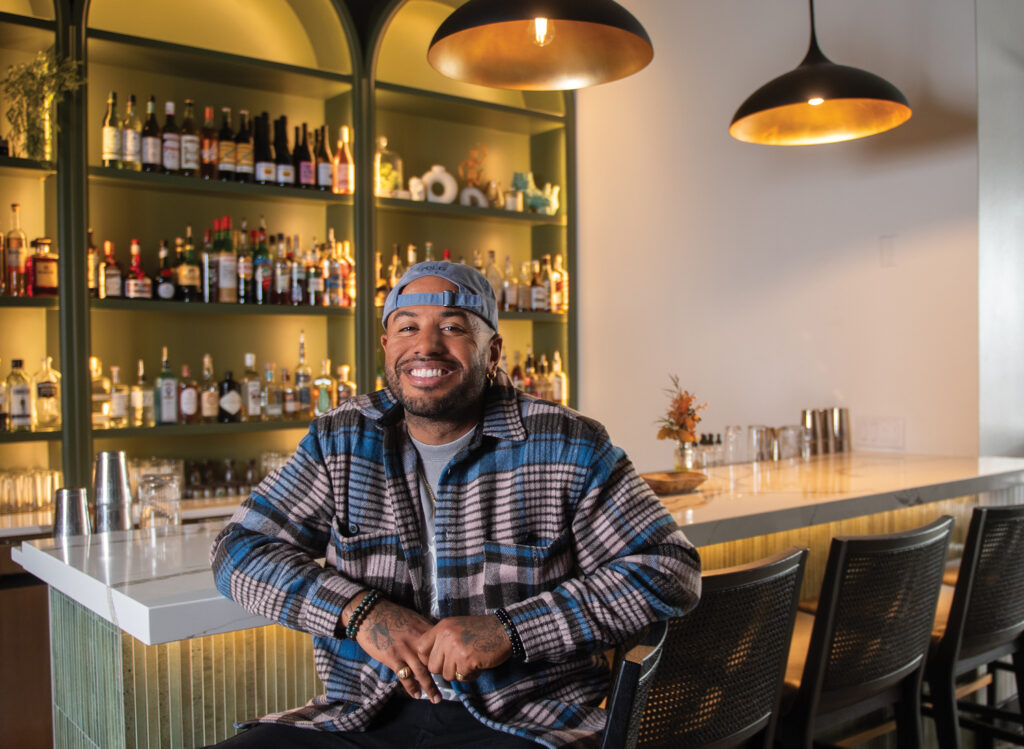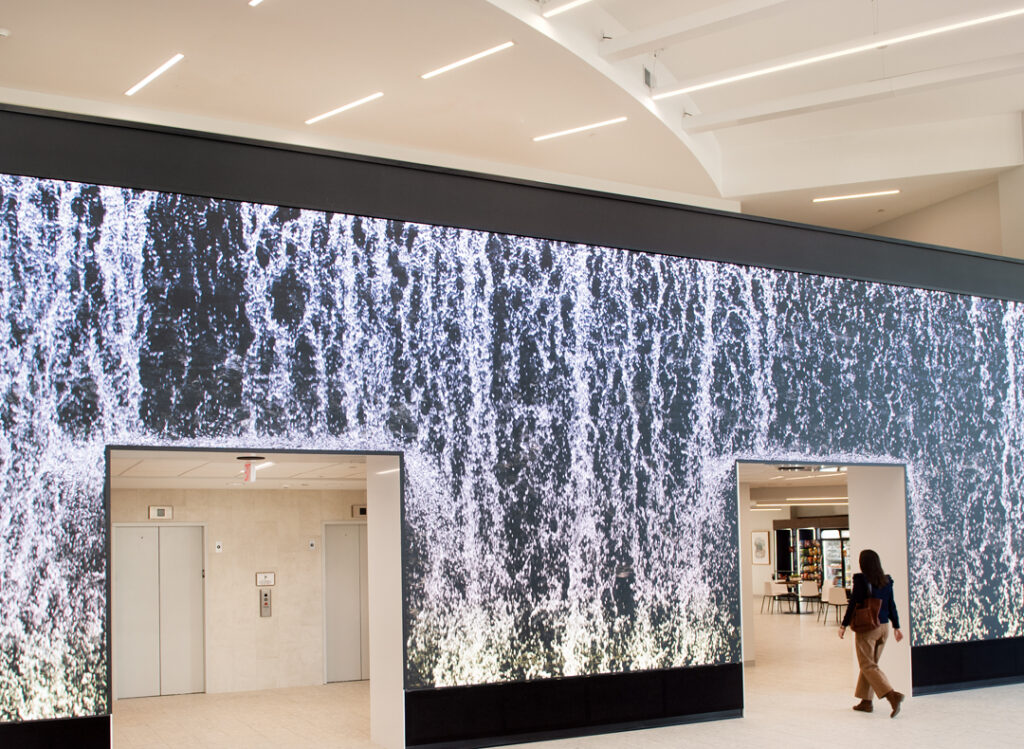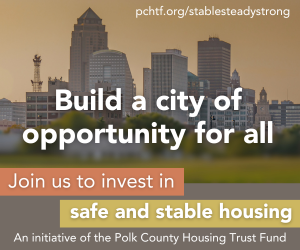Guest Opinion: White fragility

A recent USA Today report, “Snapshots of Racism,” found a stunning number of student photos in blackface, KKK hoods and holding mock lynchings in college and university yearbooks during the 1970s and 1980s. That should alarm employers.
An employer may be thinking, “So, what does this have to do with my business? We have diversity training and a fairly diverse workforce. Those photos were taken years ago. We don’t have anything like that in our work environment. Everyone gets along well and respects each other.”
Let’s be blunt. The white, college-aged students in those photos are today’s managers, senior executives and community leaders. If you asked them, most would excuse their behavior and think that they are not racist, or less racist, or they’ve changed and don’t think in racial terms or engage in racial behaviors. What they fail to understand is how those earlier messages have shaped their lives, and in fact have shaped white people’s lives as a group. And that is the catch.
Those of us who are white, which I am, tend not to see ourselves as a racial group. Rather, we see ourselves as individuals first. Therefore, anytime a racially sensitive event occurs, it is easy for whites to deflect it and say, “Well, I’m not like that person. That’s not who I am.” The reality is whites belong to a group, many groups, but the big one is defined by race. Racial group membership matters.
Robin DiAngelo, an academic, lecturer and trainer on issues of racial and social justice, points out in her recent book, “White Fragility”: “One of the greatest social fears for a white person is being told that something that we have said or done is racially problematic.” When someone lets us know, we often respond with anger, denial, or deflect it.
We may say, “But that’s really not me. It was a slip on my part. I didn’t mean anything by it.” DiAngelo suggests when someone tells us that we have just done something inappropriate, we should respond with gratitude. This is a valuable, teachable moment to be informed, even though it is painful. However, as DiAngelo says, being able to experience it as a valuable moment comes “only after we accept that racism is unavoidable and that it is impossible to completely escape having developed problematic racial assumptions and behaviors.”
As a consultant and facilitator in the area of diversity for a number of years, I wholeheartedly agree with DiAngelo’s assessment that whites are quite uncomfortable talking about race and tend to object to any personal connection with racism on their part. It is always other whites that do it, or, even more concerning, that whites are now the disenfranchised group. These are examples of white fragility, which is triggered by discomfort and anxiety stemming from being in the superior group.
One of the drawbacks of diversity training in the workplace is the assumption that if a person learns about other cultures and treats everyone with respect, and if we monitor our systems to ensure they are bias-free, then everyone will be treated fairly and the systems will do the same. Yes, I have taught this line of thinking; however, it is simply scratching the surface and is insufficient for major change.
We need to address the emotional and challenging issues of white privilege, understand the process of socialization whereby whites have learned that race is irrelevant, and how “racism is a structure, not an event.” As DiAngelo says, “Many white people simply do not understand
So, let’s return to why employers should be concerned.
I defer to DiAngelo, who states: “The default of the current system is the reproduction of racial inequality; our institutions were designed to reproduce racial inequality and they do so with efficiency.”
If we, as whites, do not take the courage to “learn about white fragility, how it develops, and how it protects racial inequality,” then we will continue down the path of living the false assumption that if people just respect one another, then all our racial issues will go away. We will continue to live and work separately in our communities and workplaces (either literally or figuratively), and our systems in place will continue to disenfranchise people of color from full participation in our society. What a waste of human creativity, innovation and lives.
I encourage everyone to read DiAngelo’s book, be open to her challenges for whites because she is white, too, and is learning. Let’s devote our energy to “engage in ongoing self-awareness, continuing education, relationship building, and actual antiracist practice.”

